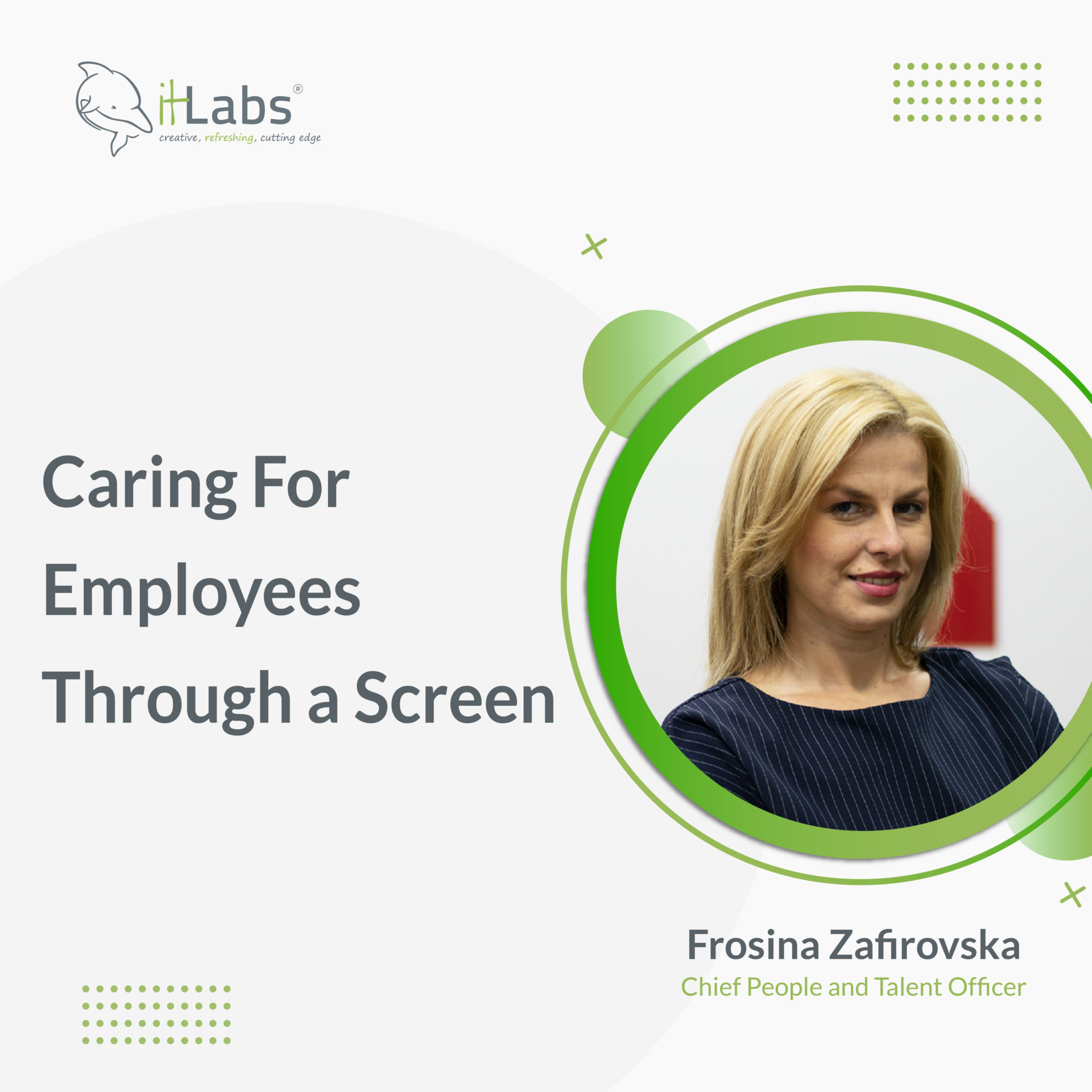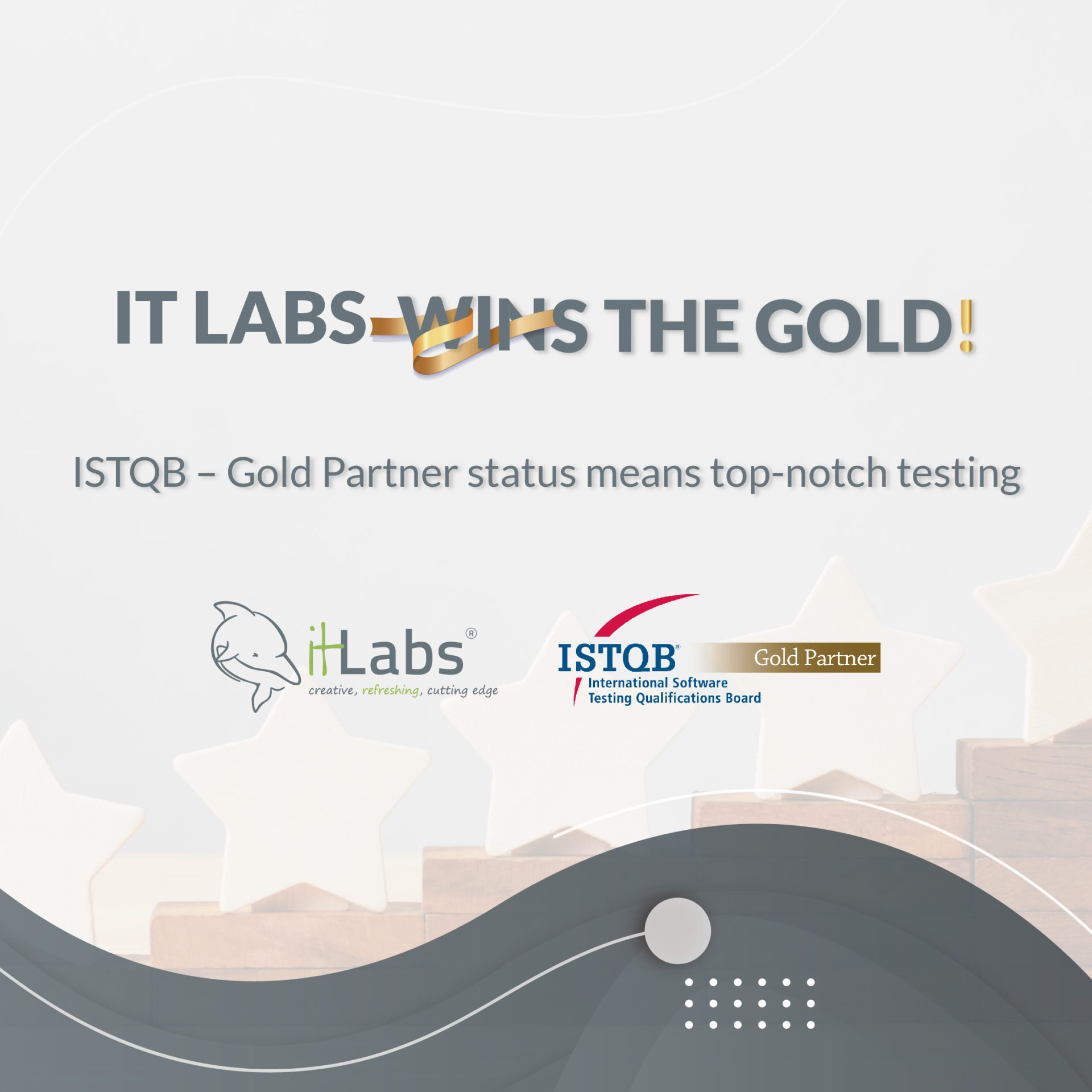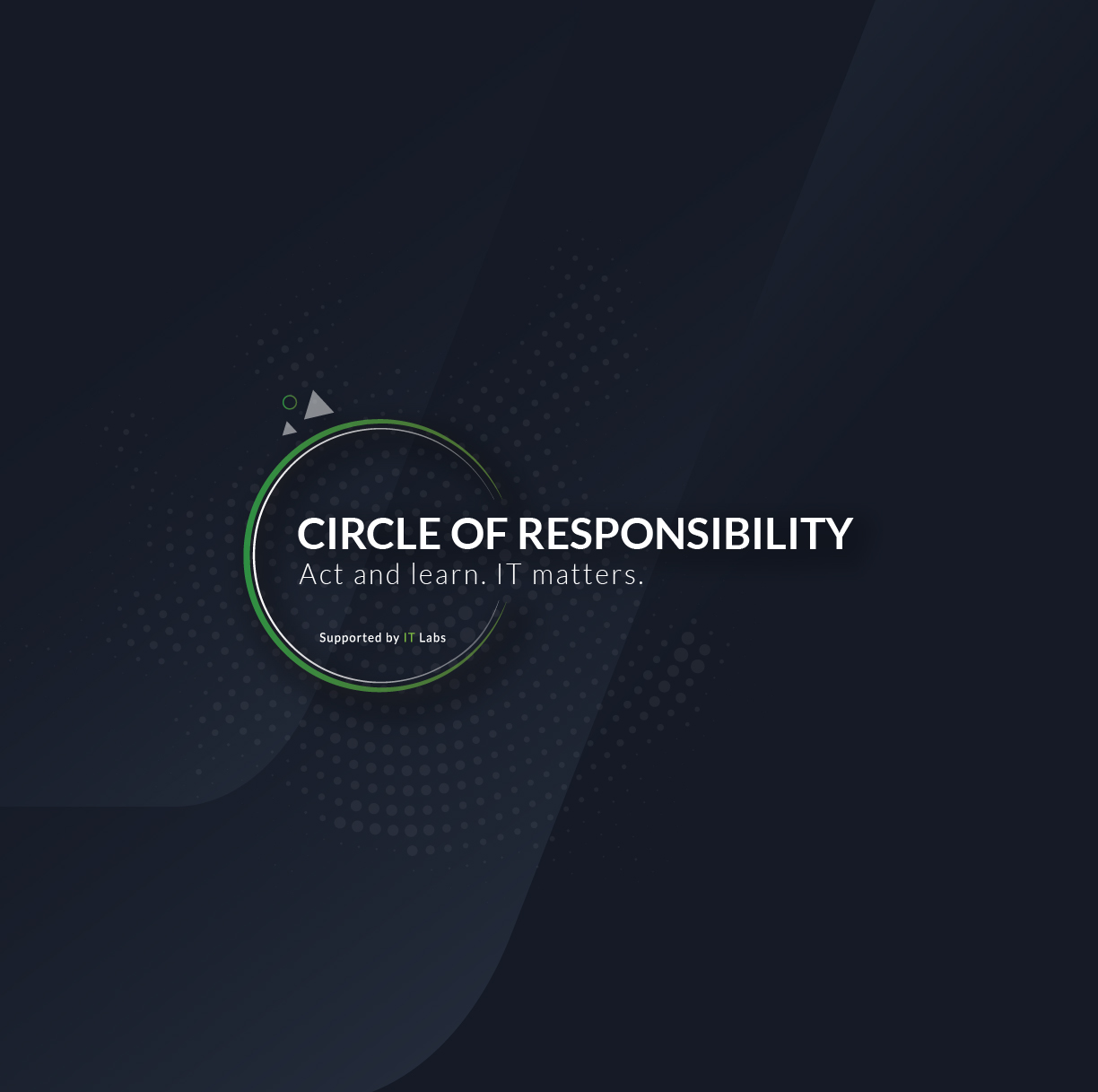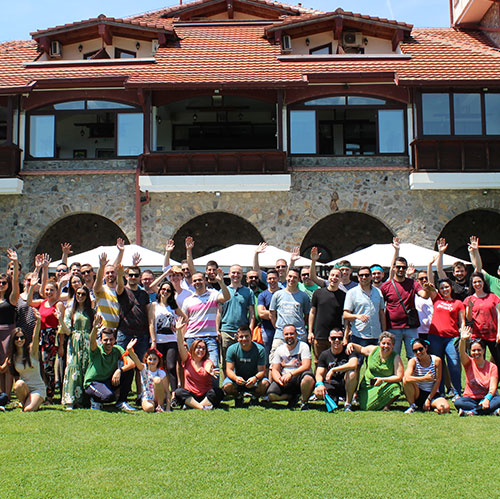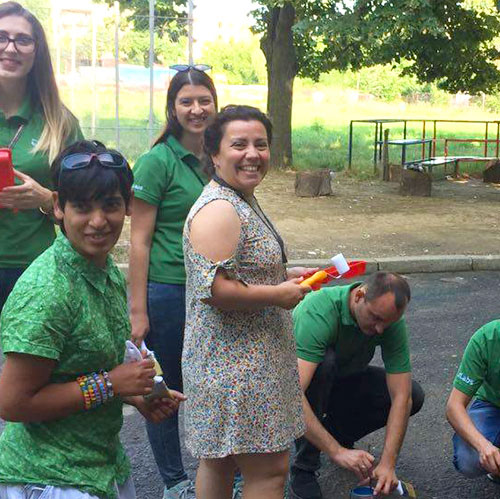Company values define the culture of an organization, speaking volumes about how it brings about realizing its vision, behaviors it encourages, and the environment it subsequently creates. In a way, values pave the path for current and future employees, addressing the important client question: what kind of company are we going to collaborate with?
On the subject of values, we had a very insightful conversation with IT Labs CEO, Branislav Gjorcevski (Banne) who gave his perspective on the importance of having core values, what they mean, and how the perception of them has changed in today’s business environment.

Banne: Currently there is an incoming high tide with lots of fish, we are waiting against the current 🙂
ITL: So, speaking about core company values and their importance, how do you see them: Do you seem them as aspiration or perfection?
Banne: I think neither. I believe that values are a representation/description of us at a given moment in time. The terms that describe aspiration are simply aspirations, not values. And aspirations that tend to perfection would be described as goals, not values. Values are things that we believe in, things that simply ‘are.’
ITL: Values should be compact, insightful, and on point. Is it that “easy ” to define them?
Banne: Not really. It’s hard to boil down values to simple words. After all, simplicity is very hard. But at the end of the day, if we simply look at our core beliefs and keep it simple, it is doable.
ITL: If we make a comparison, did things changed on how we see values in today’s business environment? Do they still hold a top spot in defining a company?
Banne: Oh yes. If we describe values as beliefs at a given moment, then if we transform ourselves (for any reason), those beliefs will change over time. ‘Updating’ the values means updating the beliefs of this current period. They may remain the same or subtly change. As for us here at IT Labs, our values have remained pretty consistent over time (I don’t know if that is a good thing or not :).
ITL: Is it possible to find people that completely represent the values defined by a company? There are some debates that the values should come from inside, from the employees themselves.
Banne: Values indeed come from the employees themselves. If you trace it back, the core group hired the rest of the group, and if you hire by values then you have replication of values to the rest of the team. It would be very hard to find people that represent 100% of all the values, but it should be pretty close.
ITL: What about the client’s point of view? Are values make or break moment when someone is looking for a company to work with?
Banne: That is true. But many companies misrepresent their values to clients, so clients have a hard time figuring out what is true. In theory, one company should just state what they believe in and have values be the matchmaker with the clients. Finding a client with similar culture makes communication a lot easier.
ITL: What is the biggest misconception about core values?
Banne: That they (values) are something to strive for. One company either believes-in and has integrity, or not so much. Wanting to have integrity is a wish. Having a transformational strategy about it makes it a goal, but not yet a value.
ITL: Things change quickly, and companies are trying to adapt their work environment to the new behavior of the employees, but also the business climate. How did values change in time?
Banne: They change only by us wanting to be better with each cycle. In theory, it should always be a positive transformation, regardless of the business climate. When the climate changes, it’s a great time to review the current state of the culture and values and see if we deviated much or not at all.
ITL: This year, IT Labs made a change in defining the core values, and the employee’s opinion had a major influence in shaping the definition. What is your take on the whole process?
Banne: I think that given that people with the same values brought in the new employees, they totally represent the overall culture. The definitions of the values (the words) were changed but the essence of our values hasn’t, and that’s completely in line with the core values that we’ve always had. It was a much-needed update for better clarity and more transparency on the internal beliefs.

Banne: In theory, a challenge in a situation like this would be a red flag. That means that there are different groups with different values. In our case, the core group was in total alignment with the rest of the team, which shows a fantastic execution of the expansion strategy, especially by the HR and recruiting teams.
ITL: What advice would you give to another CEO that wants to do the process of redefining the values as IT Labs did?
Banne: I think the process of revisiting values can be a great indicator of how much the core beliefs have changed. Also, how much they have been distributed over time to the wider group of people within the organization. A leader should pay attention to feedback from the wider team, their understanding of the values, and reflect on the differences if any. Any concerning differences could be indicators of poor hiring or poor communication and transfer of culture from one group to another.
ITL: Thank you, Bane, for the insightful conversation.
Banne: You’re very welcome anytime.
Maja Tanushoska
Digital Marketing Specialist




























































































